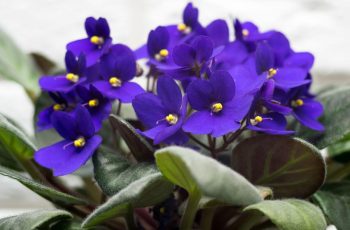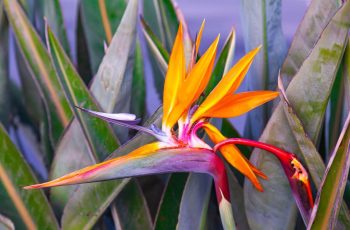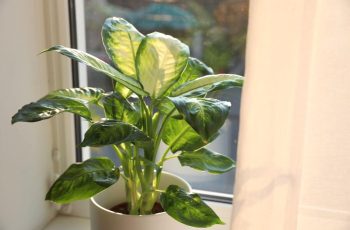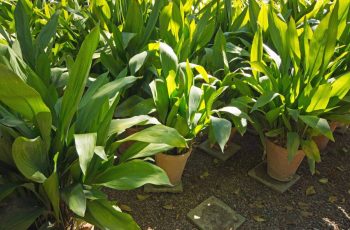If you’re looking to add vibrancy to your garden, the Yellow Bird of Paradise (Caesalpinia gilliesii) is an excellent choice. This tropical plant, known for its stunning yellow flowers and striking red stamens, thrives in warm climates, making it ideal for southern regions of the United States. It can grow into a small tree or an eye-catching shrub, perfect for enhancing your home garden.

Key Highlights
- Origin: Native to Argentina and Uruguay, this evergreen shrub can reach heights of 6 to 10 feet and typically blooms from July to August, producing bright yellow flowers with red stamens.
- Growth Conditions: The Yellow Bird of Paradise prefers well-drained, sandy or loamy soil with a pH level between 5.5 and 6.5. It requires at least six hours of direct sunlight daily to thrive and produce its vibrant blooms.
- Watering Needs: Once established, this plant is drought-tolerant but benefits from regular watering during its growth phase. Initially, keep the soil consistently moist, especially during the blooming period.
- Propagation: You can propagate the Yellow Bird of Paradise by collecting seeds in the fall or using softwood cuttings during the summer. The seeds can be stored and prepared for planting in the spring.
- Toxicity: Caution is advised as the plant is toxic to pets, particularly cats and dogs. Ensure it is planted in a location where pets cannot access it.
Care Requirements
- Soil and Light: Ensure the soil is well-drained to prevent root rot. Providing ample sunlight is crucial for optimal blooming; the plant should receive at least six hours of direct sunlight daily.
- Watering: Water the plant deeply during its flowering period and maintain a consistent watering schedule while it is growing. Once established, you can reduce watering to once a week.
- Temperature: The Yellow Bird of Paradise thrives in temperatures between 5°C (41°F) and 30°C (86°F). It grows best in USDA Zones 8-11 but may survive in Zone 7 if planted in a protected area.
- Fertilization: Use balanced organic fertilizers during the growing season to promote healthy growth. Avoid fertilizing during the winter months when the plant is dormant.
Pruning and Maintenance
Minimal pruning is needed for the Yellow Bird of Paradise. However, if necessary, prune in spring after the last frost, focusing on removing dead or damaged branches. Use clean, sharp tools to make cuts just above outward-facing buds to maintain the plant’s health.
Propagation Methods
- By Seed: Gather seeds in autumn, dry them, and store them in a sealed container in the refrigerator. Before planting, soak the seeds in warm water for 24 hours to aid germination.
- By Cuttings: In summer, take six-inch sections of flexible green branches, dip the tips in rooting hormone, and plant them in moist coarse sand. Cover with plastic to retain humidity until roots develop.
Pest and Disease Management
Be vigilant against pests such as leafcutter ants and red spider mites, which can damage the plant. Fungal diseases like Pythium and Phytophthora can also affect the Yellow Bird of Paradise, especially in poorly drained soil, leading to root rot. Ensure proper soil drainage to prevent these issues.

Conclusion
The Yellow Bird of Paradise is a low-maintenance addition to any garden, providing a tropical flair with minimal effort. With the right care, it can flourish and bring beauty to both indoor and outdoor spaces. Remember to handle it with care due to its toxicity to pets, ensuring a safe environment for your furry friends. By following these guidelines, you can enjoy the vibrant colors and unique beauty of the Yellow Bird of Paradise for years to come.




